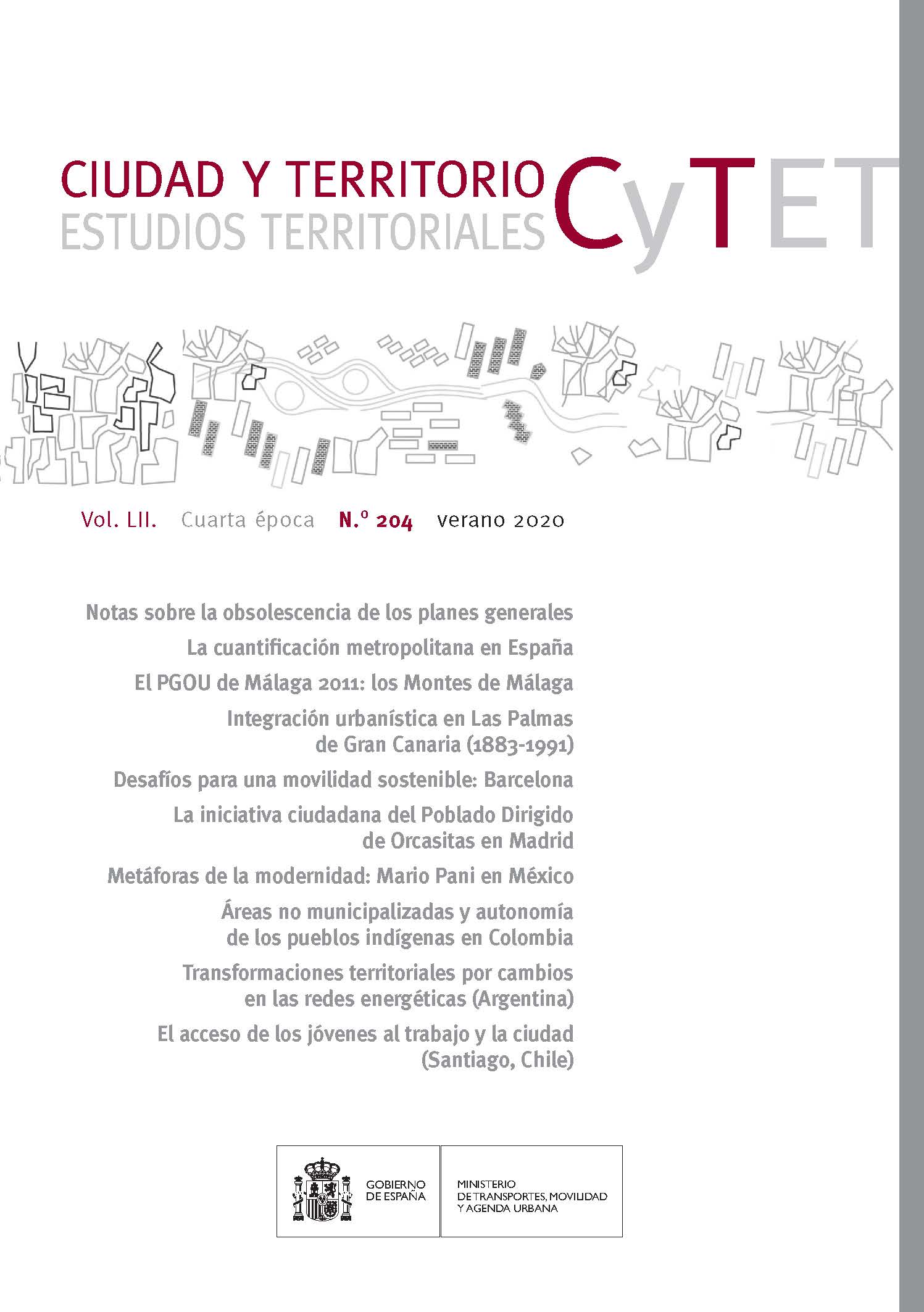Non-municipalized areas and autonomy of indigenous communities in Colombia
DOI:
https://doi.org/10.37230/CyTET.2020.204.08Keywords:
Non-municipalized areas, Indigenous territories, Indigenous communities, Territorial entitiesAbstract
The non-municipalized areas, present in the departments of Amazonas, Guainía and Vaupés in Colombia, are territories that do not coincide with the territorial entities of local level defined in the 1991 Constitution, so that their management is in hands of the administration of the department to which they belong. From a normative and documentary review to identify the reasons and particularities that have prevented its formalization as territorial entities, it was determined that these areas have certain social, economic and environmental characteristics very different from the other territories of Colombia. Attempts to convert them into territorial entities or to annex them to other existing local level entities have been unsuccessful, because the current regulatory frameworks do not reflect the particularities related to the links between the territory and the indigenous communities that inhabit them. The national government has chosen to recognize more and more rights to the Indigenous Territories present in these areas, because it is very unlikely that the Congress will authorize the creation of the so-called Indigenous Territorial Entities.
Downloads
Published
How to Cite
Issue
Section
License
Copyright (c) 2020 Naidú Duque-Cante

This work is licensed under a Creative Commons Attribution-NonCommercial 4.0 International License.
Considering the provisions of the current legislation on Intellectual Property, and in accordance with them, all authors publishing in CyTET give -in a non-exclusive way and without time limit- to the Ministry of Transport, Mobility and Urban Agenda the rights to disseminate, reproduce, communicate and distribute in any current or future format, on paper or electronic, the original or derived version of their work under a Creative Commons Attribution-NonCommercial-NoDerivative 4.0 license International (CC BY-NC-ND 4.0), as well as to include or assign to third parties the inclusion of its content in national and international indexes, repositories and databases, with reference and recognition in any case of its authorship.
In addition, when sending the work, the author(s) declares that it is an original work in which the sources that have been used are recognized, committing to respect the scientific evidence, to no longer modify the original data and to verify or refute its hypothesis. Author(s) also declare that the essential content of the work has not been previously published nor will it be published in any other publication while it is under evaluation by CyTET; and that it has not been simultaneously sent to another journal.
Authors must sign a Transfer of Rights Form, which will be sent to them from the CyTET Secretariat once the article is accepted for publication.
With the aim of promoting the dissemination of knowledge, CyTET joins the Open Journal Access (OA) movement and delivers all of its content to various national and international indexes, repositories and databases under this protocol; therefore, the submission of a work to be published in the journal presupposes the explicit acceptance by the author of this distribution method.
Authors are encouraged to reproduce and host their work published in CyTET in institutional repositories, web pages, etc. with the intention of contributing to the improvement of the transfer of knowledge and the citation of said works.








 Enlace a CyTET en Linkedin
Enlace a CyTET en Linkedin